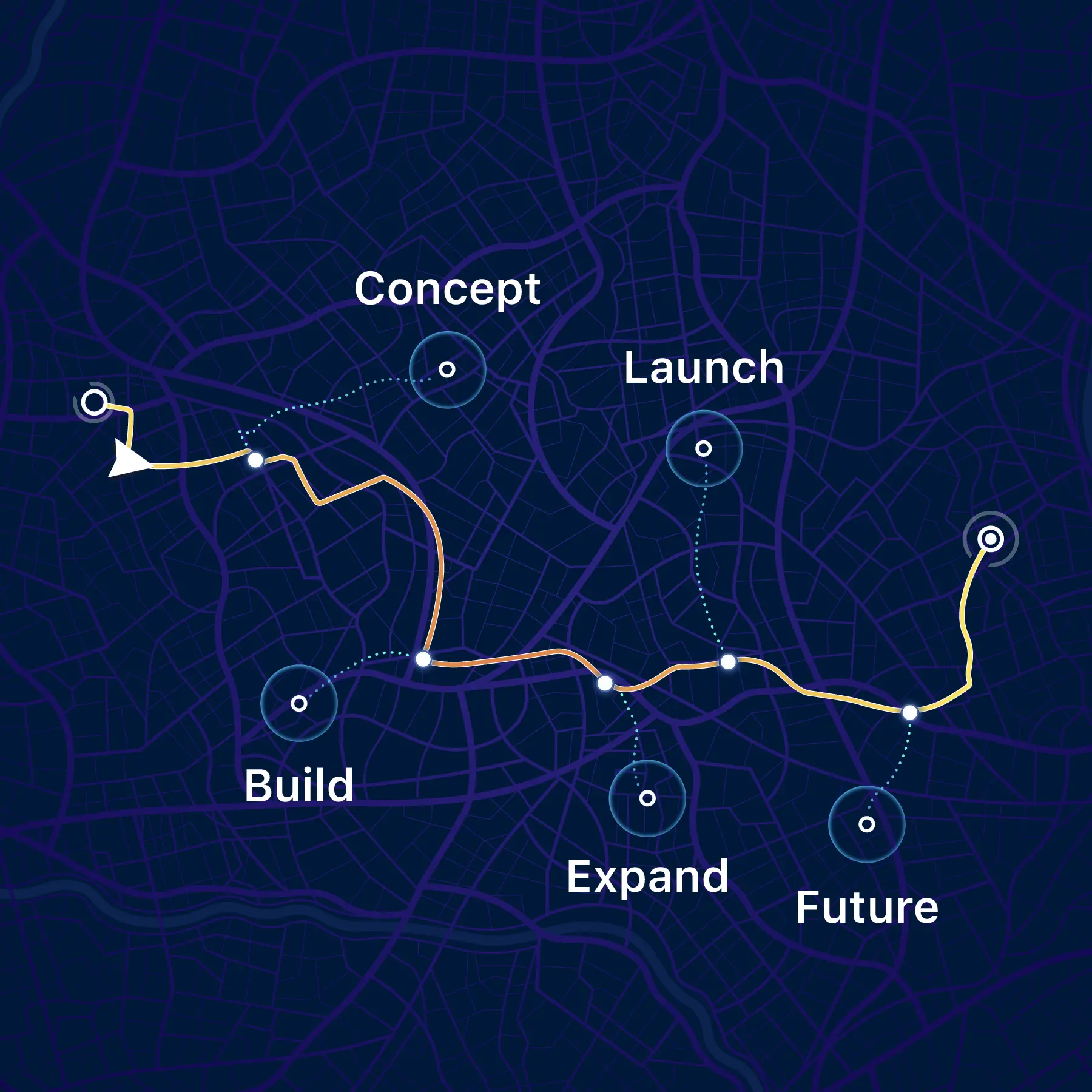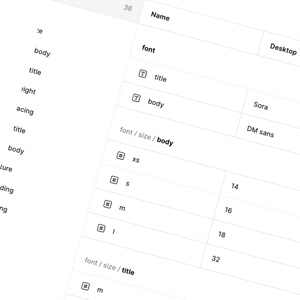In this sense, it's similar to the what3words app, which has been helping its users navigate the world for over a decade.
Let’s see how this "three-word test" works for a product that began life promisingly and then failed. This test might generate the following three words:
- Innovate – You added great value that was fresh and exciting to customers.
- Obsolete – That value grew stale, and excitement faded away.
- Disappear – The market shifted, and users moved on.
It's a common pattern. Many product developers get a little complacent, forget to renew or refresh a value source, and fall behind. Just like with what3words, the three-word test can help you find out what’s happening to your digital product, where it’s headed, and what you need to change.
Moving towards innovation
Most new digital product ideas are innovative. Otherwise, they'd never get past the ideation stage. But turning this early phase of innovation into something more sustainable and long-lasting can be tricky.
When your product is innovative, you likely have disciplined pilot projects that are tied to clear goals. Your feedback loops are rapid and comprehensive, helping you achieve consistent, ongoing updates for the model.
Once the product approaches obsolescence, proofs of concept may become difficult, and data siloing can reach dangerous levels. The result is low customer loyalty and other issues.
By the time your product starts to disappear, you likely have an ageing architecture, a constant drain of top talent, and no real idea of where you want to go with AI. You essentially become strategically irrelevant, losing customers and haemorrhaging revenue.
Choosing the path of innovation

The thing is, you can choose the path of innovation. It just means focusing on four key foundations:
Data quality and governance
You need to ensure that your digital product is working with the highest quality data. This involves cataloguing critical data sets, repairing lineage gaps, and implementing data consent rules.
Secure, scalable infrastructure
The digital product must be able to support users long-term, so it should remain stable and scalable. To achieve this, retire any idle assets, establish robust security baselines, and adopt storage for key assets.
Strong modular architecture
The product cannot remain static — it needs to evolve. But at the same time, you don't want to take the entire solution offline whenever you want to make a change. This is why you need a modular structure, built around a structure of contact-first APIs that help you make changes and modifications without experiencing costly downtime.
Clear AI strategy
Finally, you need to know where you are and where you're going. The three-word test above helps you pinpoint your location, but you need a strong strategy to help you move forward.
Keeping it simple — often the best course of action
As you target innovation, think about what you are actually trying to innovate. Many organisations confuse innovation with complexity when simplicity is often the best option.
Take one online bank, for example. They managed to halve chat abandonment rates and accelerate response rates by 65% just by applying a conversational AI solution for simple queries.
No big promises were being made. More complex queries were still routed to human operators. AI was reserved just for quickly solving simple issues without delay. But those rapid responses massively improved customer satisfaction and retention.
Solid data pipelines, sound governance, and a real problem/solution focus for innovation helped make this happen.
Scaling efforts and moving forward
With the accessibility of AI technology, most businesses are now using artificial intelligence in some form within product development. At least three-quarters of companies now implement artificial intelligence in at least one of their key functions. And many of these businesses even describe their roll-outs as "mature", suggesting significant confidence in the capability of the technology.
However, a similar proportion of businesses, about 74%, report they are still struggling to scale their efforts and add value. This means most businesses are taking the all-important first step, but are then getting stuck.
Wherever you are in your process, what you absolutely do not want to be doing is standing still. Digital transformation spending is expected to exceed £3.1 trillion by 2027, which means businesses are pushing forward with their product development roadmaps. When viewed in this way, standing still is not a "cautious" move; it’s an active decision that helps your rivals race ahead.
What’s next for your digital product development?
So, you need to move forward. But how do you do this? As you enter the next quarter, follow this step-by-step process.
- Conduct the three-word test on every product in your range.
- For products that aren’t where you want them to be, consider how AI and automation can enhance key features, such as enhancing prediction, insight, or personalisation.
- Hone the proof of concept (PoC) for how this AI will be implemented within the product. Focus on a single, high-impact user journey.
- Use the PoC to launch a pilot project, keeping an eye on potential gaps in monitoring and governance.
- Commission insightful reports on the pilot program, analysing things like conversion, churn, and operating margin. Use these reports to encourage investment and further development.
Moving forward with confidence
The aim of the three-word test is to gain a clear picture of where you’re currently at and where you’re headed. While this means being honest about your current situation and your prospects, you still want to make sure that you’re achieving positive responses from your test.
Don’t stand still, keep moving forward with confidence. Arrange your AI-readiness review today, and get started on that pilot program.























